HSBC 2002 Annual Report Download - page 141
Download and view the complete annual report
Please find page 141 of the 2002 HSBC annual report below. You can navigate through the pages in the report by either clicking on the pages listed below, or by using the keyword search tool below to find specific information within the annual report.-
 1
1 -
 2
2 -
 3
3 -
 4
4 -
 5
5 -
 6
6 -
 7
7 -
 8
8 -
 9
9 -
 10
10 -
 11
11 -
 12
12 -
 13
13 -
 14
14 -
 15
15 -
 16
16 -
 17
17 -
 18
18 -
 19
19 -
 20
20 -
 21
21 -
 22
22 -
 23
23 -
 24
24 -
 25
25 -
 26
26 -
 27
27 -
 28
28 -
 29
29 -
 30
30 -
 31
31 -
 32
32 -
 33
33 -
 34
34 -
 35
35 -
 36
36 -
 37
37 -
 38
38 -
 39
39 -
 40
40 -
 41
41 -
 42
42 -
 43
43 -
 44
44 -
 45
45 -
 46
46 -
 47
47 -
 48
48 -
 49
49 -
 50
50 -
 51
51 -
 52
52 -
 53
53 -
 54
54 -
 55
55 -
 56
56 -
 57
57 -
 58
58 -
 59
59 -
 60
60 -
 61
61 -
 62
62 -
 63
63 -
 64
64 -
 65
65 -
 66
66 -
 67
67 -
 68
68 -
 69
69 -
 70
70 -
 71
71 -
 72
72 -
 73
73 -
 74
74 -
 75
75 -
 76
76 -
 77
77 -
 78
78 -
 79
79 -
 80
80 -
 81
81 -
 82
82 -
 83
83 -
 84
84 -
 85
85 -
 86
86 -
 87
87 -
 88
88 -
 89
89 -
 90
90 -
 91
91 -
 92
92 -
 93
93 -
 94
94 -
 95
95 -
 96
96 -
 97
97 -
 98
98 -
 99
99 -
 100
100 -
 101
101 -
 102
102 -
 103
103 -
 104
104 -
 105
105 -
 106
106 -
 107
107 -
 108
108 -
 109
109 -
 110
110 -
 111
111 -
 112
112 -
 113
113 -
 114
114 -
 115
115 -
 116
116 -
 117
117 -
 118
118 -
 119
119 -
 120
120 -
 121
121 -
 122
122 -
 123
123 -
 124
124 -
 125
125 -
 126
126 -
 127
127 -
 128
128 -
 129
129 -
 130
130 -
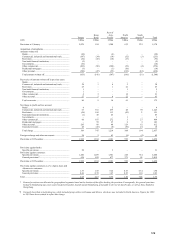 131
131 -
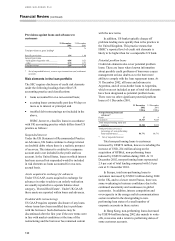 132
132 -
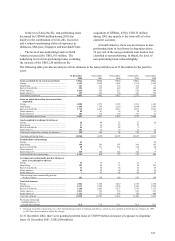 133
133 -
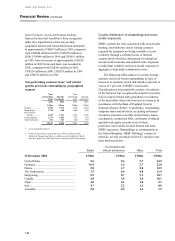 134
134 -
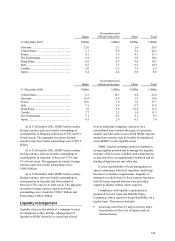 135
135 -
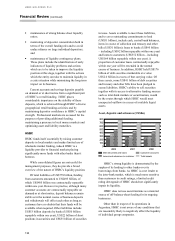 136
136 -
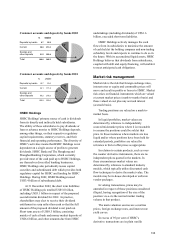 137
137 -
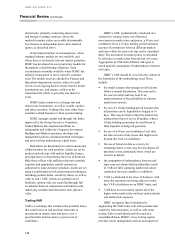 138
138 -
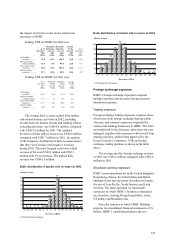 139
139 -
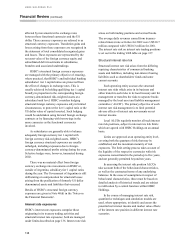 140
140 -
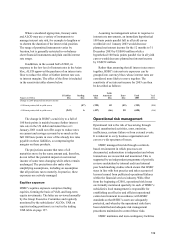 141
141 -
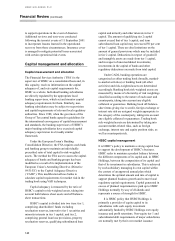 142
142 -
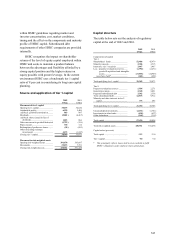 143
143 -
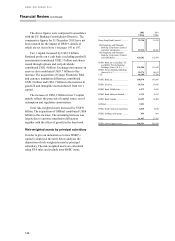 144
144 -
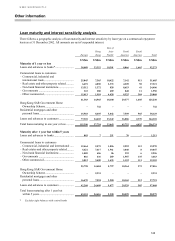 145
145 -
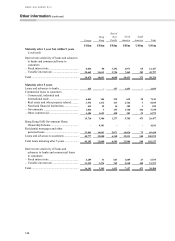 146
146 -
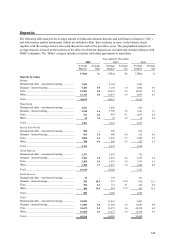 147
147 -
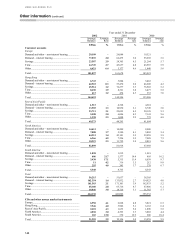 148
148 -
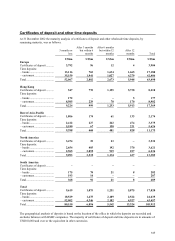 149
149 -
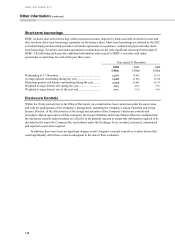 150
150 -
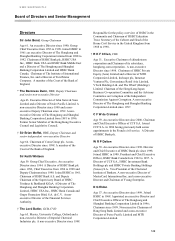 151
151 -
 152
152 -
 153
153 -
 154
154 -
 155
155 -
 156
156 -
 157
157 -
 158
158 -
 159
159 -
 160
160 -
 161
161 -
 162
162 -
 163
163 -
 164
164 -
 165
165 -
 166
166 -
 167
167 -
 168
168 -
 169
169 -
 170
170 -
 171
171 -
 172
172 -
 173
173 -
 174
174 -
 175
175 -
 176
176 -
 177
177 -
 178
178 -
 179
179 -
 180
180 -
 181
181 -
 182
182 -
 183
183 -
 184
184 -
 185
185 -
 186
186 -
 187
187 -
 188
188 -
 189
189 -
 190
190 -
 191
191 -
 192
192 -
 193
193 -
 194
194 -
 195
195 -
 196
196 -
 197
197 -
 198
198 -
 199
199 -
 200
200 -
 201
201 -
 202
202 -
 203
203 -
 204
204 -
 205
205 -
 206
206 -
 207
207 -
 208
208 -
 209
209 -
 210
210 -
 211
211 -
 212
212 -
 213
213 -
 214
214 -
 215
215 -
 216
216 -
 217
217 -
 218
218 -
 219
219 -
 220
220 -
 221
221 -
 222
222 -
 223
223 -
 224
224 -
 225
225 -
 226
226 -
 227
227 -
 228
228 -
 229
229 -
 230
230 -
 231
231 -
 232
232 -
 233
233 -
 234
234 -
 235
235 -
 236
236 -
 237
237 -
 238
238 -
 239
239 -
 240
240 -
 241
241 -
 242
242 -
 243
243 -
 244
244 -
 245
245 -
 246
246 -
 247
247 -
 248
248 -
 249
249 -
 250
250 -
 251
251 -
 252
252 -
 253
253 -
 254
254 -
 255
255 -
 256
256 -
 257
257 -
 258
258 -
 259
259 -
 260
260 -
 261
261 -
 262
262 -
 263
263 -
 264
264 -
 265
265 -
 266
266 -
 267
267 -
 268
268 -
 269
269 -
 270
270 -
 271
271 -
 272
272 -
 273
273 -
 274
274 -
 275
275 -
 276
276 -
 277
277 -
 278
278 -
 279
279 -
 280
280 -
 281
281 -
 282
282 -
 283
283 -
 284
284 -
 285
285 -
 286
286 -
 287
287 -
 288
288 -
 289
289 -
 290
290 -
 291
291 -
 292
292 -
 293
293 -
 294
294 -
 295
295 -
 296
296 -
 297
297 -
 298
298 -
 299
299 -
 300
300 -
 301
301 -
 302
302 -
 303
303 -
 304
304 -
 305
305 -
 306
306 -
 307
307 -
 308
308 -
 309
309 -
 310
310 -
 311
311 -
 312
312 -
 313
313 -
 314
314 -
 315
315 -
 316
316 -
 317
317 -
 318
318 -
 319
319 -
 320
320 -
 321
321 -
 322
322 -
 323
323 -
 324
324 -
 325
325 -
 326
326 -
 327
327 -
 328
328 -
 329
329
 |
 |

139
Where considered appropriate, treasury units
and ALCO may use a variety of instruments to
manage interest rate risk, for example to lengthen or
to shorten the duration of the interest risk position.
The range of permitted instruments varies by
location, but is generally restricted to on-balance
sheet financial instruments and plain vanilla interest
rate swaps.
In addition, in the second half of 2002, in
response to the low level of interest rates in the Asian
bloc, ALCO approved the purchase of an interest rate
floor to reduce the effect of further interest rate cuts
to interest margins. The effect of the floor is included
in the sensitivity tables shown below.
Assuming no management action in response to
interest rate movements, an immediate hypothetical
100 basis points parallel fall in all yield curves
worldwide on 1 January 2003 would decrease
planned net interest income for the 12 months to 31
December 2003 by US$690 million while a
hypothetical 100 basis points parallel rise in all yield
curves would decrease planned net interest income
by US$252 million.
Rather than assuming that all interest rates move
together, HSBC’s interest rate exposures can be
grouped into currency blocs whose interest rates are
considered more likely to move together. The
sensitivity of net interest income for 2003 can then
be described as follows:
Figures in US$ m
US dollar
bloc
Sterling
bloc
Asian
bloc
Latin
American
bloc
Euro
bloc
Total
2003
Total
2002
Change in 2003 projected net interest income
+100 basis points shift in yield curves
–
(
47)
(
225)69
(
49)
(
252)(200)
−100 basis points shift in yield curves
(
243)6
(
437)
(
66)50
(
690)(196)
The change in HSBC’s sensitivity to a fall of
100 basis points is mainly because further interest
rate cuts in the US dollar and Asian blocs at 1
January 2003 would not offer scope to reduce rates
on current and savings accounts by as much as the
full 100 basis points in view of the already low rates
payable on these liabilities, so compressing the
margins on these products.
The projections assume that rates of all
maturities move by the same amount and, therefore,
do not reflect the potential impact on net interest
income of some rates changing while others remain
unchanged. The projections also make other
simplifying assumptions, including an assumption
that all positions run to maturity. In practice, these
exposures are actively managed.
Equities exposure
HSBC’s equities exposure comprises trading
equities, forming the basis of VAR, and long-term
equity investments. The latter are reviewed annually
by the Group Executive Committee and regularly
monitored by the subsidiaries’ ALCOs. VAR on
equities trading positions is set out in the trading
VAR table on page 137.
Operational risk management
Operational risk is the risk of loss arising through
fraud, unauthorised activities, error, omission,
inefficiency, systems failure or from external events.
It is inherent to every business organisation and
covers a wide spectrum of issues.
HSBC manages this risk through a controls-
based environment in which processes are
documented, authorisation is independent and where
transactions are reconciled and monitored. This is
supported by an independent programme of periodic
reviews undertaken by internal audit and internal
peer benchmarking studies which ensure that HSBC
stays in line with best practice and takes account of
lessons learned from publicised operational failures
within the financial services industry. With effect
from the beginning of 2001, operational risk losses
are formally monitored quarterly. In each of HSBC’s
subsidiaries local management is responsible for
establishing an effective and efficient operational
control environment in accordance with HSBC
standards so that HSBC’s assets are adequately
protected, and whereby the operational risks have
been identified and adequate risk management
procedures maintained to control those risks.
HSBC maintains and tests contingency facilities
